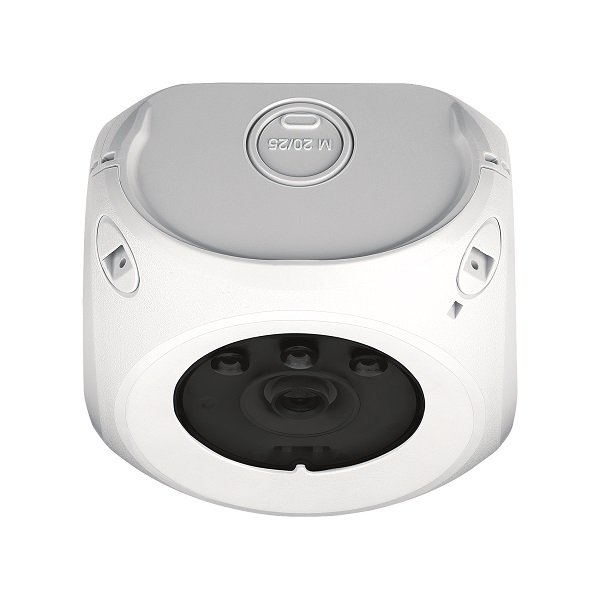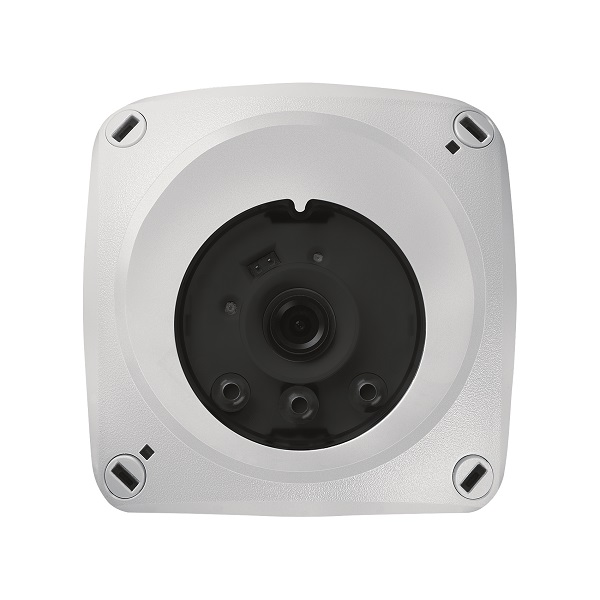 |
Zumtobel launches ATVIO multisensor with adaptable zone control system. (Zumtobel/LEDinside)
|
Although rapid technological advances are now allowing highly automated installation processes, the demand for high quality manual work is not decreasing. As a result, industrial workstations at which complex installation tasks are carried out require a high illuminance of up to 700 lx. However, improving the quality of light can often result in higher energy consumption, thus higher costs. In fact, however, this high illuminance is only needed at individual workstations; traffic routes or storage areas often only need 200 lx. The solution to this problem has been developed by Zumtobel with its ATIVO multisensor. The principle is incredibly simple: A task-based, flexibly adaptable zone control system ensures that the light is reduced according to time and activity in places where it isn't required. At workstations that demand a high level of concentration to ensure good productivity, the lighting level is increased. For added safety, the lighting level in general areas and corridors is also increased. The motion sensor recognises when people or vehicles are in the corridors and dims up automatically. The ATIVO DALI IP64 Kit that is already available is specially designed for detecting light and motion in even high-ceiling rooms. The contrast sensor system with its intelligent object detection is, unlike normal PIR and radar sensors, not only much more accurate, but also quicker – and therefore less prone to error. The ATIVO Sensor DALI Kit can be used in a wide variety of situations, including sports and multifunction events halls, industrial, production and assembly facilites, even in high-bay warehouses and logistics centres. In these situations, the sensor can precisely detect motion in rooms with ceilings between 6m and 20m.
 |
|
The motion sensor recognises when people or vehicles are in the corridors and dims up automatically.(Zumtobel/LEDinside) |
ATIVO can be used as a DALI master system to autonomously actuate the luminaires. Integrated into LITECOM, it supports tried-and-tested lighting management functions, such as daylight control, and is an important pillar in activity based lighting. With this function, LITECOM can automatically select the right lighting scene to suit the room's use. It differentiates between people or vehicles, such as fork lift trucks, or adapting the lighting level due to the intensity of room use. The ATIVO multisensor is designed for application-specific solutions that place great value on high energy efficiency: To do this, users can define five areas for detecting motion and program five brightness values so that each room can be zoned specific to each activity. Plug&Play technology on the ATIVO multisensor means it is simple to assemble and install, with any further configuration being carried out via the software. ATIVO for industry comes with a rugged housing that meets protection class IP64. For use in offices, a recessed ceiling version is set to follow in 2016. The multisensor is then specially optimised for the sensing range of typical ceiling heights, and gives office workers the right light for every situation.













